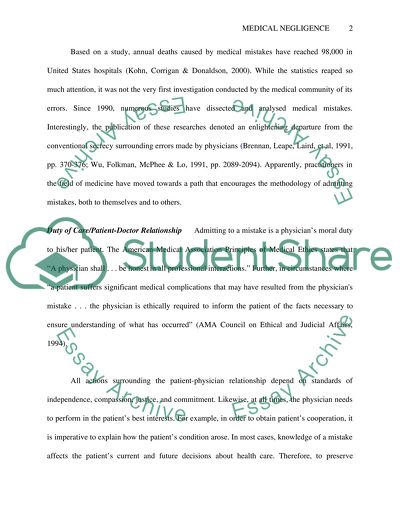Cite this document
(“To what extent can it be argued that a doctor, who explains the Essay”, n.d.)
To what extent can it be argued that a doctor, who explains the Essay. Retrieved from https://studentshare.org/miscellaneous/1538944-to-what-extent-can-it-be-argued-that-a-doctor-who-explains-the-procedures-and-all-the-risks-and-then-obtains-the-patients-consent-is-free-from-the-potential-t
To what extent can it be argued that a doctor, who explains the Essay. Retrieved from https://studentshare.org/miscellaneous/1538944-to-what-extent-can-it-be-argued-that-a-doctor-who-explains-the-procedures-and-all-the-risks-and-then-obtains-the-patients-consent-is-free-from-the-potential-t
(To What Extent Can It Be Argued That a Doctor, Who Explains the Essay)
To What Extent Can It Be Argued That a Doctor, Who Explains the Essay. https://studentshare.org/miscellaneous/1538944-to-what-extent-can-it-be-argued-that-a-doctor-who-explains-the-procedures-and-all-the-risks-and-then-obtains-the-patients-consent-is-free-from-the-potential-t.
To What Extent Can It Be Argued That a Doctor, Who Explains the Essay. https://studentshare.org/miscellaneous/1538944-to-what-extent-can-it-be-argued-that-a-doctor-who-explains-the-procedures-and-all-the-risks-and-then-obtains-the-patients-consent-is-free-from-the-potential-t.
“To What Extent Can It Be Argued That a Doctor, Who Explains the Essay”, n.d. https://studentshare.org/miscellaneous/1538944-to-what-extent-can-it-be-argued-that-a-doctor-who-explains-the-procedures-and-all-the-risks-and-then-obtains-the-patients-consent-is-free-from-the-potential-t.


